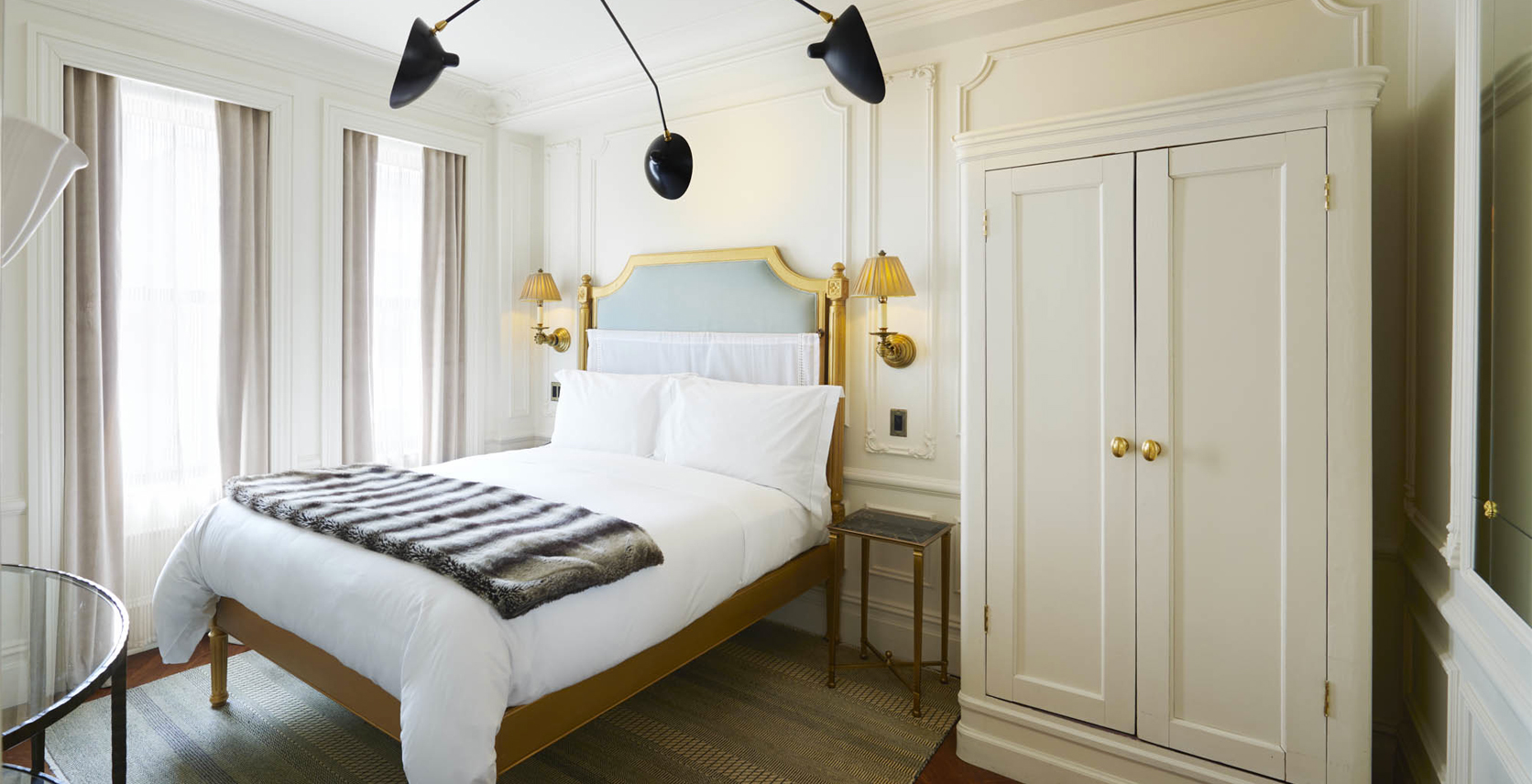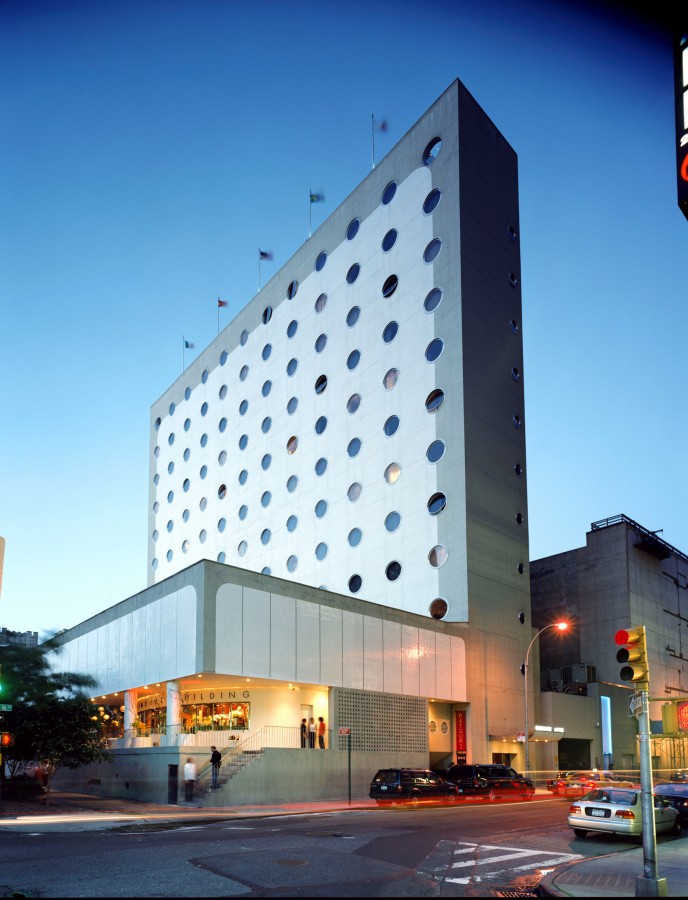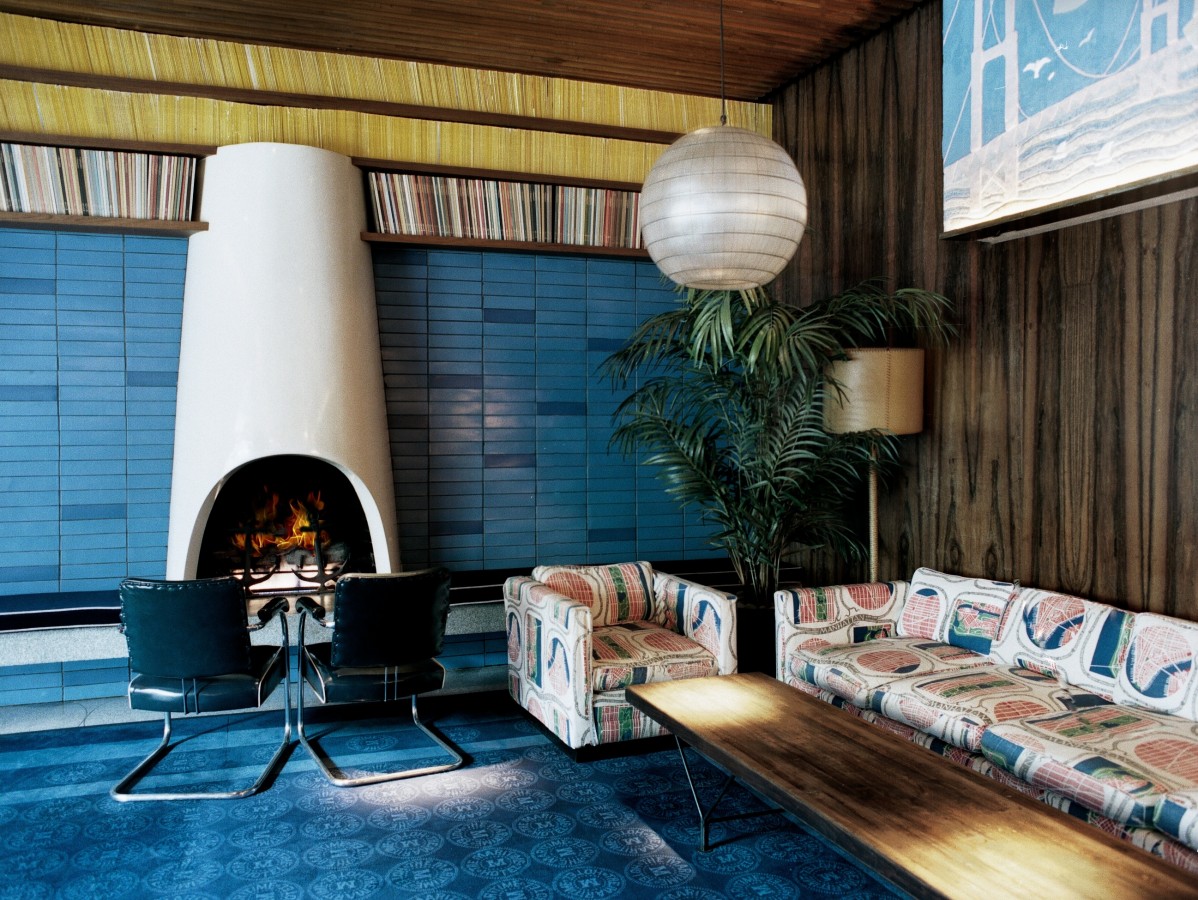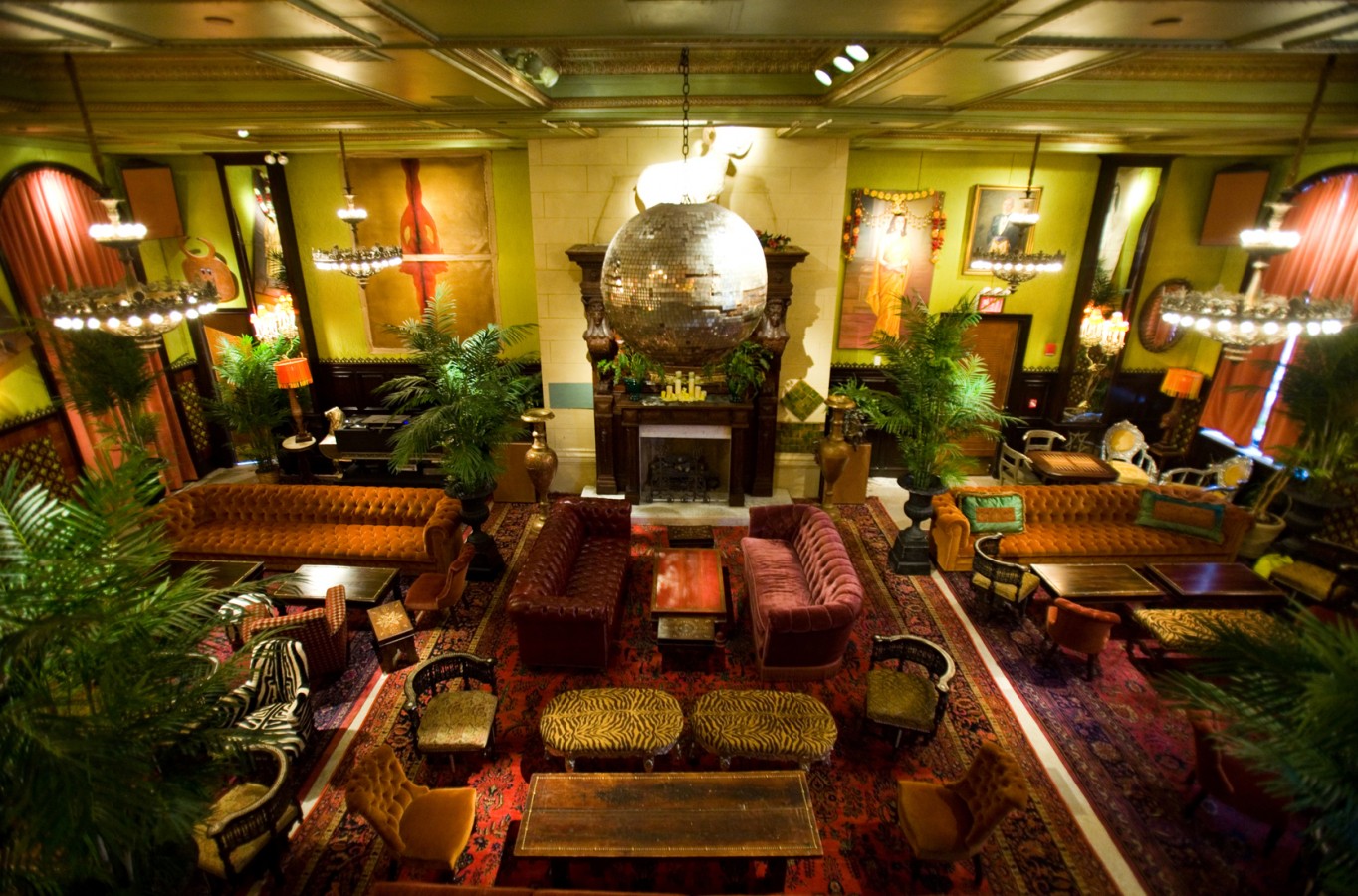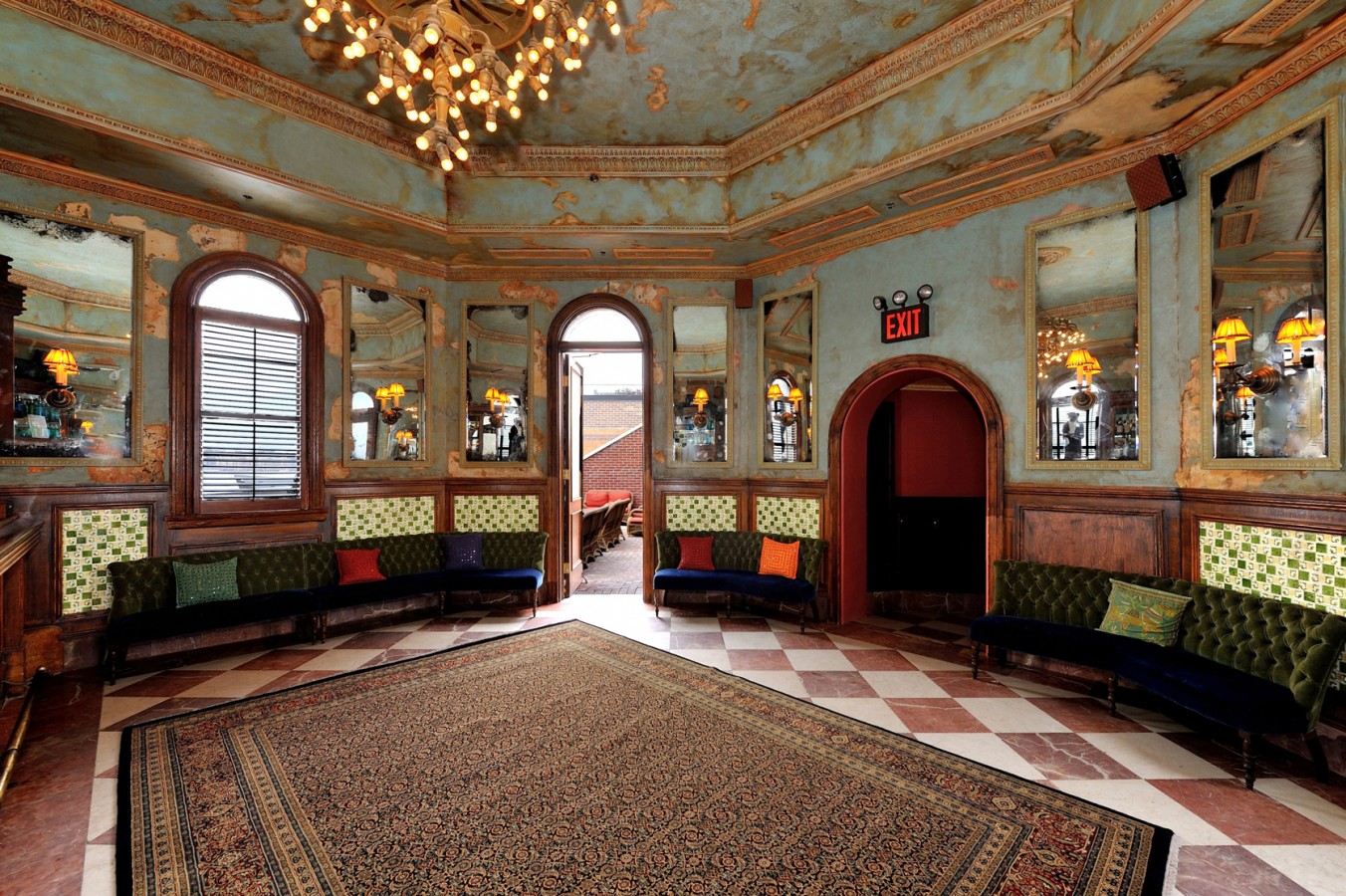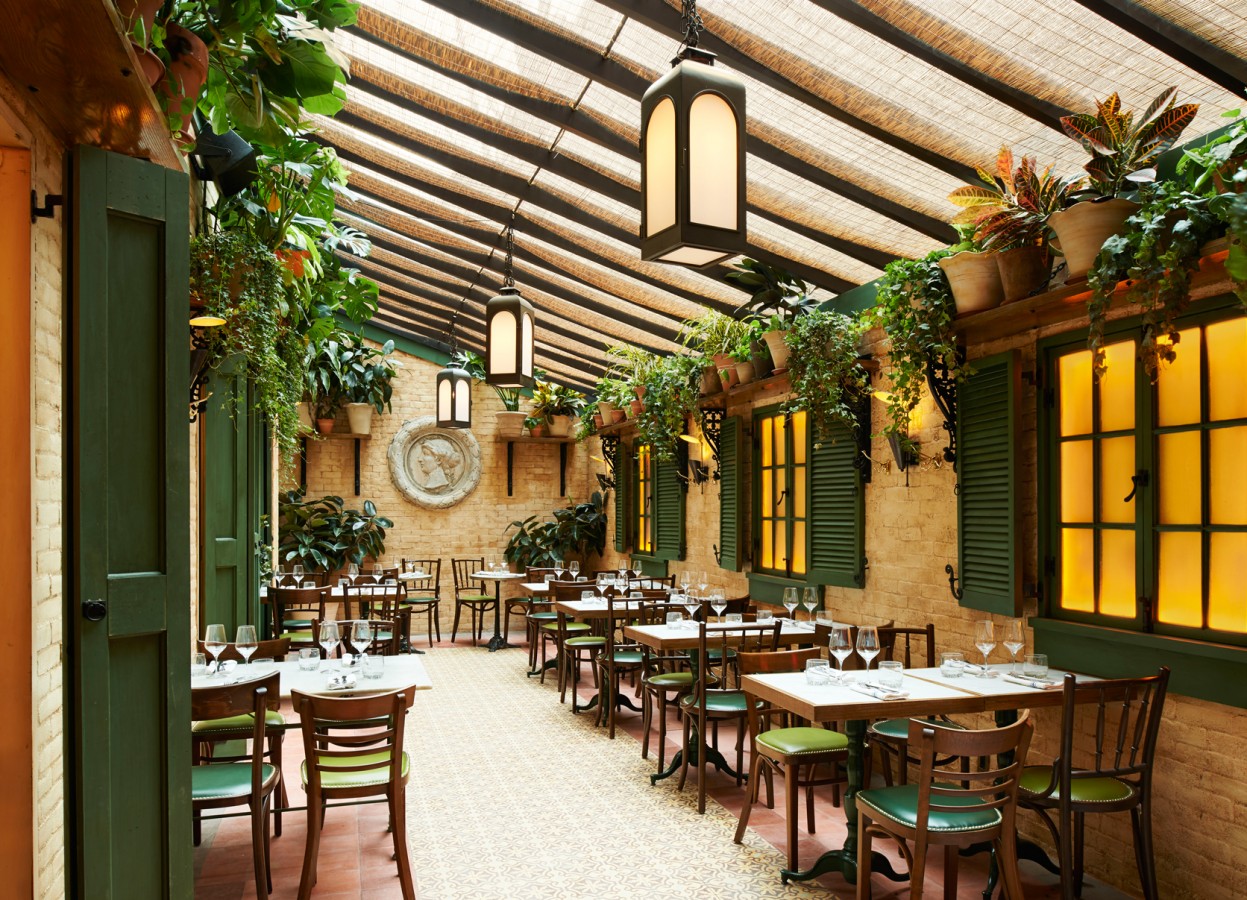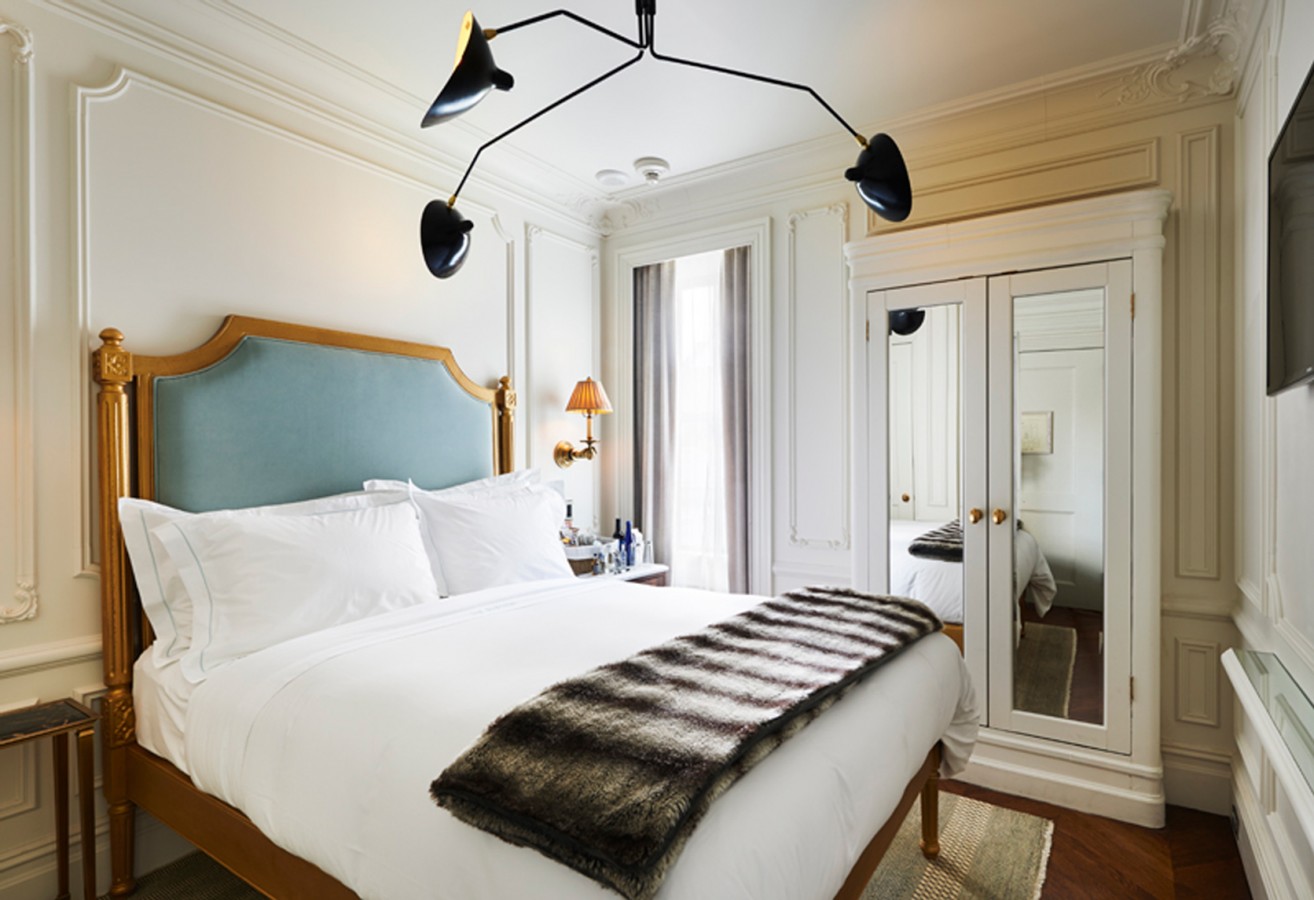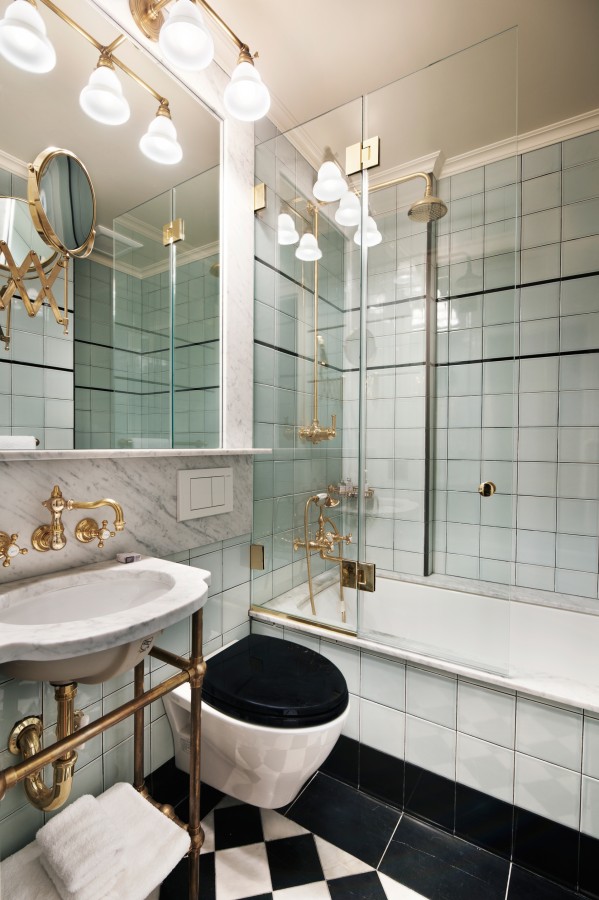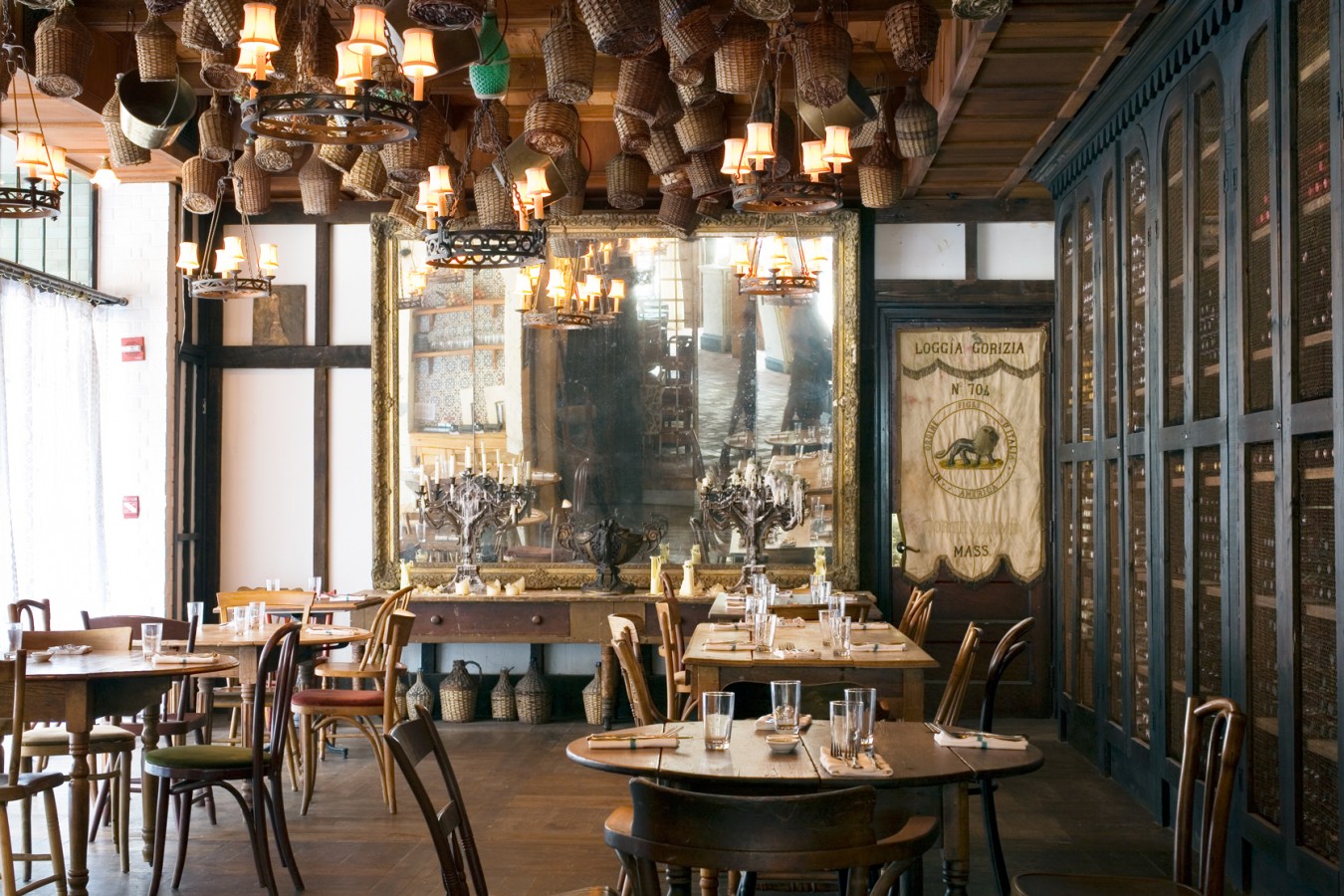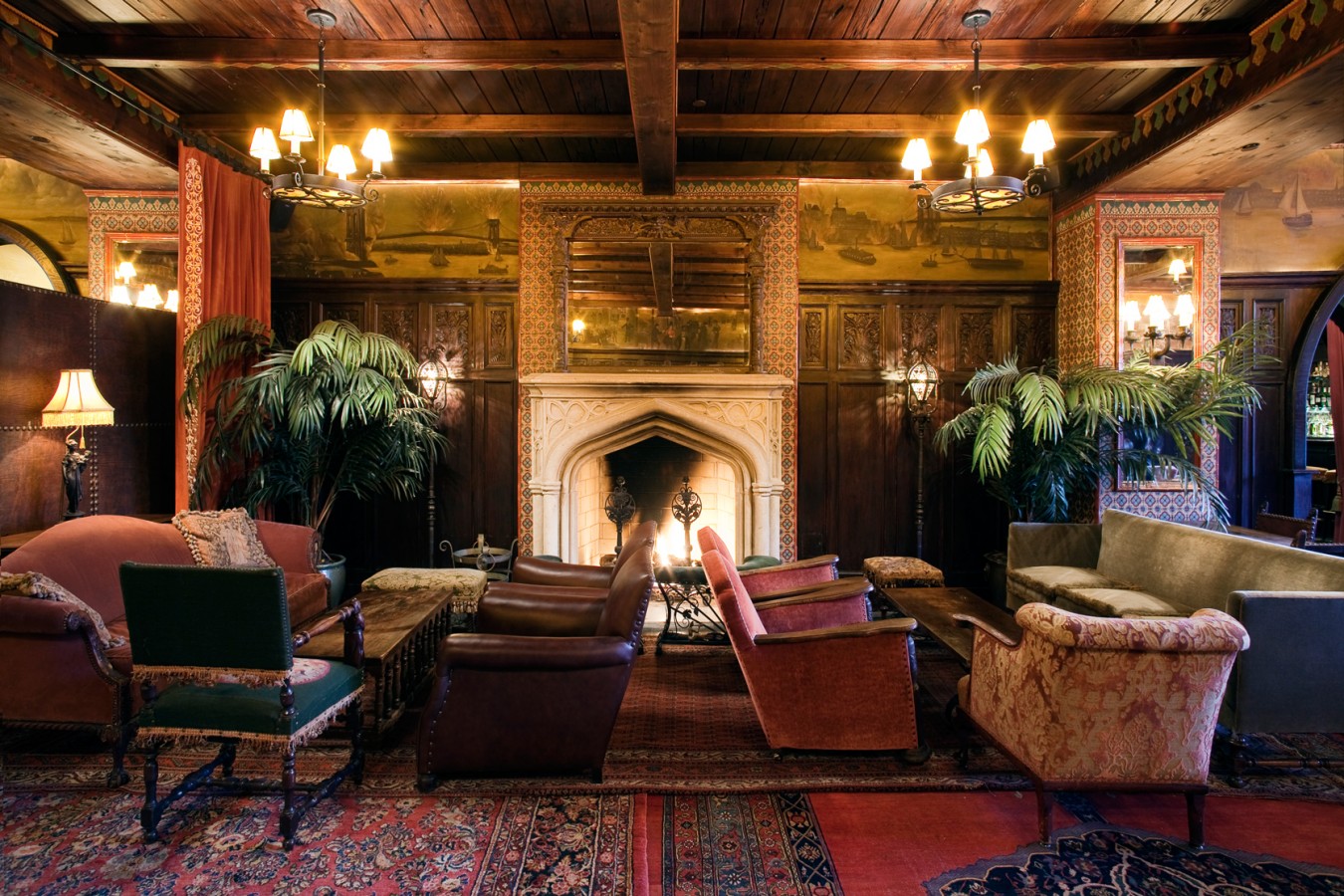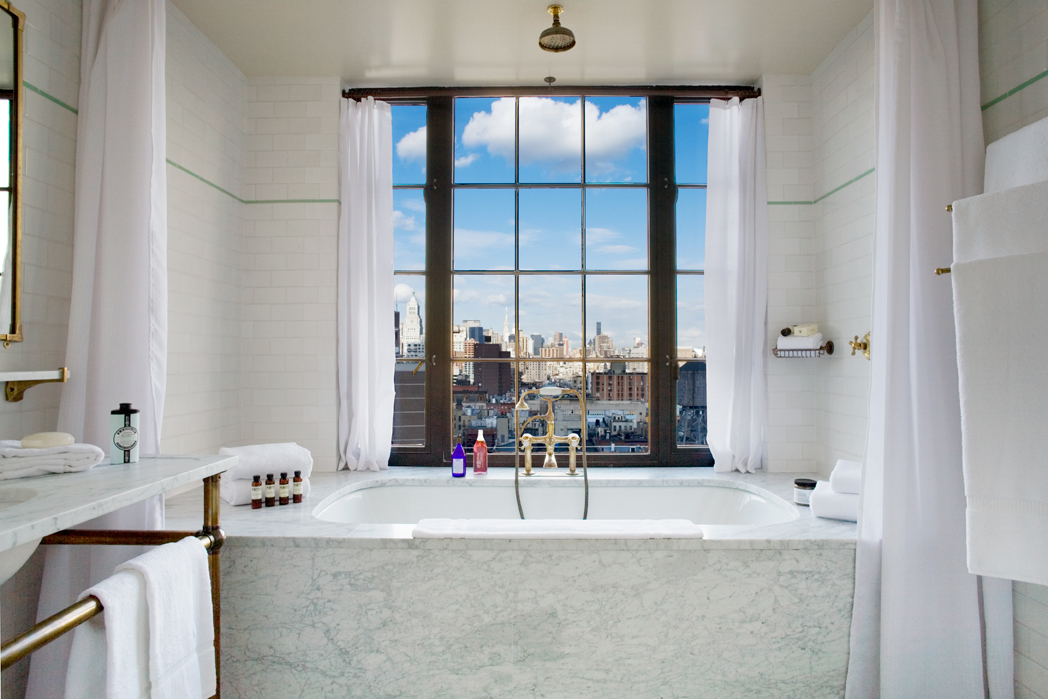Meet the Man Behind NYC’s Coolest Boutique Hotels
New York City is seemingly made up of hotels — gleaming steel and glass towers that house, for a night or two, some of the city’s tens of millions of out-of-town visitors. And most of these buildings’ interiors look exactly the same. Whether it’s the Plaza or a downtown Holiday Inn, there’s a formula: big bed, generic dresser, someplace to put the TV.
But Sean MacPherson sees things differently. The hotelier has been in the business for a couple of decades now, and he’s made a subtle name for himself by opening place after place with distinct personalities — all well-conceived, hyper-curated and generally awe-inspiring. His hotels include the Jane in Chelsea, the Maritime, the Marlton in Greenwich Village, and the Ludlow, which opened just last spring on the Lower East Side. He designs them all. And he’s worth listening to on the subject, because like his hotels, his ideas might surprise you.
How do you start a new project?
The concept has to fit the site that you find. I always try to find what feels most appropriate to the building, the neighbourhood, the time or culture, all that stuff. For example, what was appropriate for the Maritime Hotel in 2000 is not quite appropriate for the Marlton Hotel in 2014. It’s really about responding to the building and to the neighbourhood and building something that’s contextual.
How?
In the case of the Marlton, it’s in a little section of New York that feels like a part of the Upper East Side downtown — slightly conservative, slightly fancy and established. And on top of that, there are very small rooms and a tiny elevator with an open staircase. It very much felt to me like the bones of a Parisian hotel. It felt appropriate to build something that was vaguely Parisian in a New York City kind of way — something a bit rarefied.
